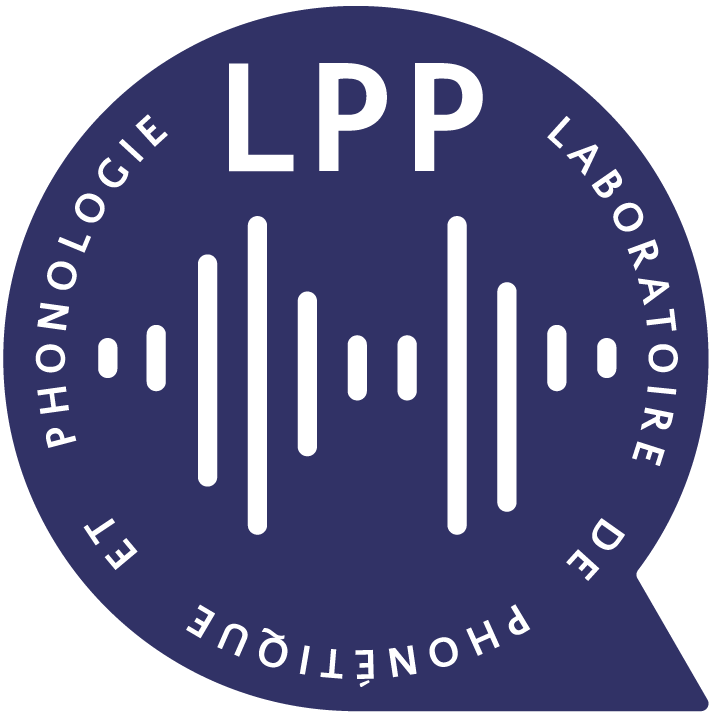In various languages such as Italian and Japanese, consonant duration plays a contrastive role, as seen in examples like Italian /pipa/ « pipe » versus /pipːa/ « pipsqueak ». Traditionally, research on singleton/geminate contrasts has focused on acoustic analyses, revealing that geminate consonants exhibit longer closure and total duration compared to singletons. This has led to proposals suggesting representations of geminates based on features such as [±long], association with multiple timing units, or gestures with longer activation intervals. However, recent articulatory studies, particularly those employing motor control-oriented approaches, have challenged the notion that geminates are merely longer versions of singletons. Research by Löfqvist (2005) and Tilsen & Hermes (2020) has suggested that geminates may have distinct targets and control regimes, indicating a need for a more nuanced understanding. Conversely, phonologically oriented work has taken seriously the idea that geminates may be constituted by two (overlapping) articulatory gestures (e.g., Di Benedetto et al. 2021).
In this presentation, I will share the findings of an articulatory (3D EMA) study of Italian (bilabial) singleton and geminate consonants produced at a variety of rates. The results of this work challenge the notion that geminates are purely longer versions of singletons. Even in the face of variation in speaking rate, Italian geminates display distinct kinematic profiles and kinematic parameters compared to singletons; intriguingly geminates also display a different timing organization to surrounding segments. I present preliminary modeling evidence that considers the distinct spatial and temporal features between singleton and geminate stop and tries to integrate them into a unified model of phonology and speech production. Finally, I will broaden the picture and discuss other ways in which geminates can be instantiated in ways that are more reminiscent of longer singletons by drawing from ongoing analysis of articulatory work on Japanese geminates.
I conclude by briefly outlining the importance of physiological work on geminates in developing representation that can bring closer phonology, phonetics, and motor control.
Prochains événements
Voir la liste d'événementsSRPP 30/01/2026 Alexei Kochetov
Alexei Kochetov (University of Toronto)
SRPP 06/02/2026 Cédric Patin
Cédric Patin (Université de Lille)
SRPP 20/02/2026 Takayuki Nagamine
Takayuki Nagamine (UCL)


